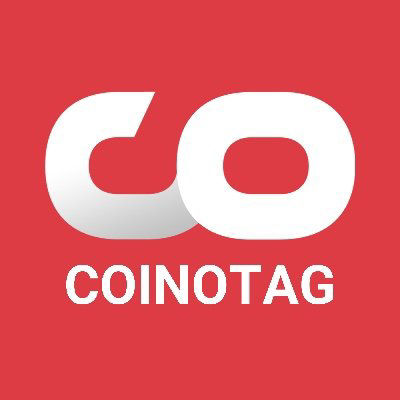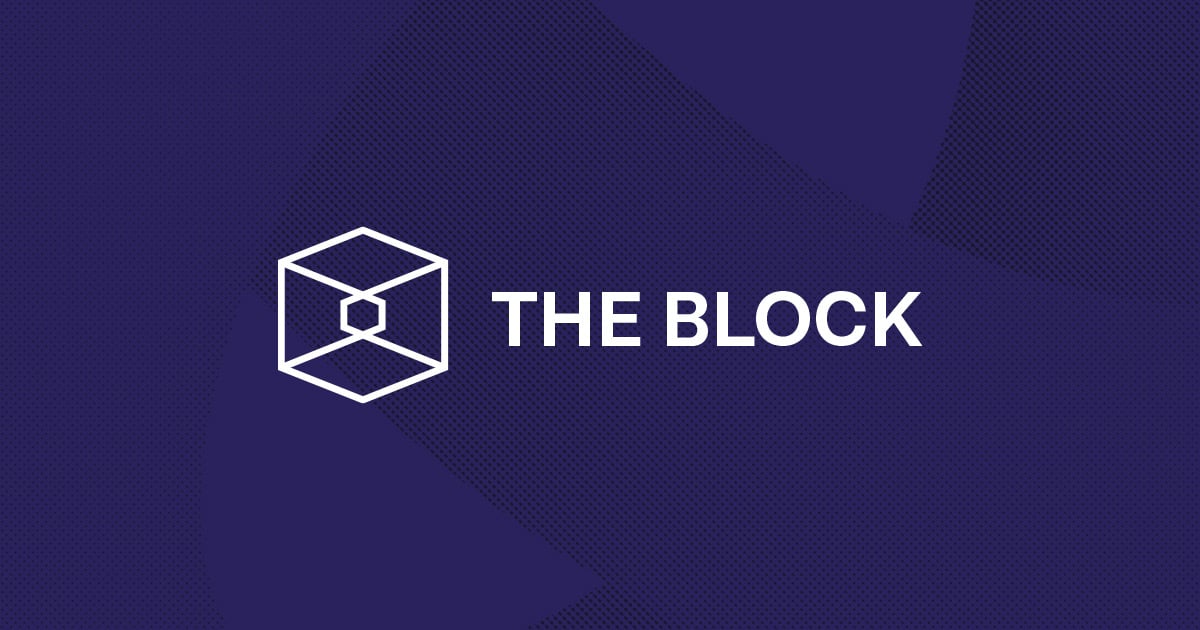
Wrapped Bitcoin priceWBTC
WBTC/USD price calculator
Wrapped Bitcoin market Info
Live Wrapped Bitcoin price today in USD
Do you think the price of Wrapped Bitcoin will rise or fall today?
Now that you know the price of Wrapped Bitcoin today, here's what else you can explore:
How to buy Wrapped Bitcoin (WBTC)?How to sell Wrapped Bitcoin (WBTC)?What is Wrapped Bitcoin (WBTC)What would have happened if you had bought Wrapped Bitcoin (WBTC)?What is the Wrapped Bitcoin (WBTC) price prediction for this year, 2030, and 2050?Where can I download Wrapped Bitcoin (WBTC) historical price data?What are the prices of similar cryptocurrencies today?Want to get cryptocurrencies instantly?
Buy cryptocurrencies directly with a credit card.Trade various cryptocurrencies on the spot platform for arbitrage.Wrapped Bitcoin price prediction
When is a good time to buy WBTC? Should I buy or sell WBTC now?
What will the price of WBTC be in 2026?
In 2026, based on a +5% annual growth rate forecast, the price of Wrapped Bitcoin(WBTC) is expected to reach $93,997.58; based on the predicted price for this year, the cumulative return on investment of investing and holding Wrapped Bitcoin until the end of 2026 will reach +5%. For more details, check out the Wrapped Bitcoin price predictions for 2025, 2026, 2030-2050.What will the price of WBTC be in 2030?
About Wrapped Bitcoin (WBTC)
What Is Wrapped Bitcoin?
Wrapped Bitcoin (WBTC) is a tokenized version of Bitcoin on Ethereum. It represents Bitcoin in a 1:1 ratio, where each WBTC token is backed by an equal amount of Bitcoin held in reserve by custodians. These custodians are reputable entities responsible for safeguarding the underlying Bitcoin and minting new WBTC tokens when users deposit Bitcoin, and more.
The primary purpose of WBTC is to enable Bitcoin holders to access the world of DeFi. Since Ethereum has become more popular in decentralized finance, a significant portion of DeFi applications, protocols, and services are built on its blockchain. By wrapping Bitcoin in an ERC-20 token format, it becomes compatible with the Ethereum network, opening up a multitude of possibilities for the holders.
Resources
Whitepaper: https://www.wbtc.network/assets/wrapped-tokens-whitepaper.pdf
Official website: https://wbtc.network
How does Wrapped Bitcoin work?
The process of obtaining Wrapped Bitcoin is relatively straightforward. Users who wish to access DeFi services using their Bitcoin start by depositing their BTC into a designated custodial address. These custodians are reputable and audited entities responsible for holding the Bitcoin reserves in a secure and transparent manner.
Once the Bitcoin is verified and confirmed, an equivalent amount of WBTC is minted and issued to the user's Ethereum address. This WBTC is now fungible and can be seamlessly traded, lent, borrowed, and utilized within various DeFi protocols. It retains its one-to-one peg with the original Bitcoin, which ensures that WBTC holders can always redeem it for the same amount of Bitcoin as the reserve.
The interoperability of WBTC with Ethereum's smart contracts empowers users to access a diverse range of decentralized financial products, including decentralized exchanges, lending platforms, yield farming, and more, while still benefiting from Bitcoin's underlying value and security.
What Determines Wrapped Bitcoin's Price?
The wrapped Bitcoin price (WBTC price today) is influenced by various factors, primarily dictated by its peg to Bitcoin (BTC). WBTC is an ERC-20 token on the Ethereum blockchain, backed one-to-one with Bitcoin. Consequently, the current WBTC price often mirrors its underlying asset, Bitcoin. In other words, the real-time wrapped Bitcoin price and the BTC/USD exchange rate are closely tied. The WBTC/USD exchange rate is highly dependent on the BTC/USD exchange rate. Additionally, the WBTC market cap—a reflection of the total value of all WBTC tokens in circulation—plays a crucial role in determining WBTC price stability.
You can explore the WBTC price history through the Wrapped Bitcoin price chart, which usually shows a strong correlation with Bitcoin's price movements. However, the WBTC trading price isn't solely influenced by the Bitcoin to USD rate. Other factors like liquidity, demand in decentralized finance (DeFi) platforms, and overall market sentiment in the cryptocurrency sphere also play a role. WBTC price analysis often includes considerations like its utility in DeFi lending platforms, derivatives platforms, and decentralized exchanges (DEXs). Live WBTC price updates and WBTC price forecast models are also shaped by the regulatory landscape and any significant crypto market news.
The creation (minting) and destruction (burning) of WBTC tokens are managed by a decentralized autonomous organization (DAO). This organization involves various merchants and custodians, ensuring that WBTC price live updates reflect the actual BTC reserves, thereby adding another layer of trust and stability to the WBTC exchange rate.
So, if you find yourself asking, "How much is wrapped Bitcoin?", the answer usually lies in its peg to Bitcoin, its utility in Ethereum-based DeFi ecosystems, and broader market conditions. Whether you're looking at the WBTC price in EUR, GBP, or any other currency, these key factors will guide you in understanding the price of wrapped Bitcoin.
Conclusion
In conclusion, Wrapped Bitcoin has revolutionized the cryptocurrency landscape by enabling Bitcoin holders to tap into the vast potential of DeFi without relinquishing ownership of their valuable BTC. Its seamless integration with the Ethereum ecosystem has brought new opportunities for both Bitcoin and DeFi enthusiasts, fostering further collaboration between the two worlds.
It's important to note that like any other cryptocurrencies, Wrapped Bitcoin carries its own risks and it's always wise to do your own research and exercise caution while investing.
Bitget Insights




WBTC/USD price calculator
WBTC resources
Tags:
What can you do with cryptos like Wrapped Bitcoin (WBTC)?
Deposit easily and withdraw quicklyBuy to grow, sell to profitTrade spot for arbitrageTrade futures for high risk and high returnEarn passive income with stable interest ratesTransfer assets with your Web3 walletHow do I buy Wrapped Bitcoin?
How do I sell Wrapped Bitcoin?
What is Wrapped Bitcoin and how does Wrapped Bitcoin work?
Global Wrapped Bitcoin prices
Buy more
FAQ
How is the value of Wrapped Bitcoin (WBTC) maintained at a 1:1 ratio with Bitcoin (BTC)?
Why would someone use Wrapped Bitcoin (WBTC) instead of Bitcoin (BTC)?
Why is the price of Wrapped Bitcoin (WBTC) similar to that of Bitcoin (BTC)?
What happens to the value of Wrapped Bitcoin (WBTC) if the price of Bitcoin crashes?
Can I mine Wrapped Bitcoin (WBTC)?
Is Wrapped Bitcoin (WBTC) safe?
What is the current price of Wrapped Bitcoin?
What is the 24 hour trading volume of Wrapped Bitcoin?
What is the all-time high of Wrapped Bitcoin?
Can I buy Wrapped Bitcoin on Bitget?
Can I get a steady income from investing in Wrapped Bitcoin?
Where can I buy Wrapped Bitcoin with the lowest fee?
Related cryptocurrency prices
Prices of newly listed coins on Bitget
Hot promotions
Where can I buy Wrapped Bitcoin (WBTC)?
Video section — quick verification, quick trading









